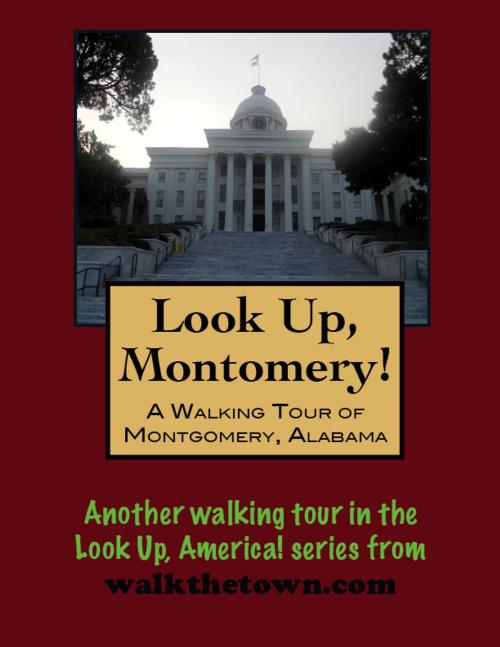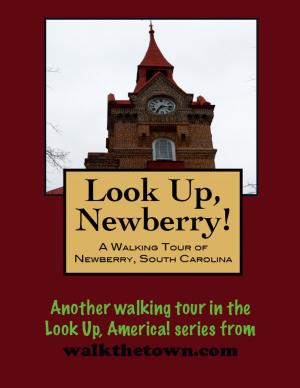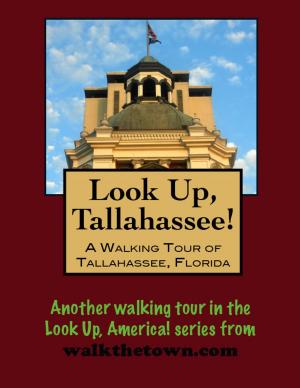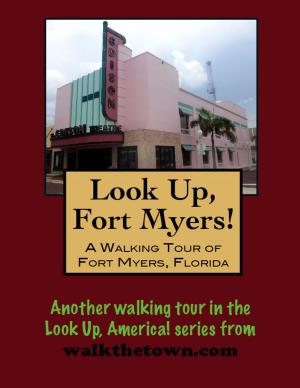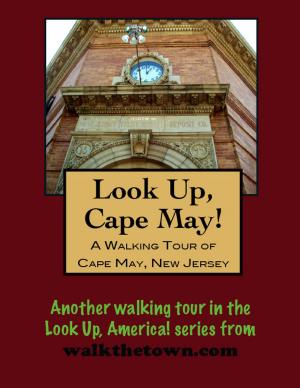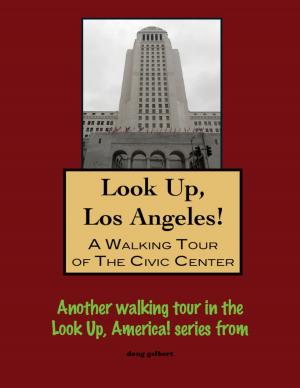| Author: | Doug Gelbert | ISBN: | 9781465850492 |
| Publisher: | Doug Gelbert | Publication: | August 4, 2011 |
| Imprint: | Smashwords Edition | Language: | English |
| Author: | Doug Gelbert |
| ISBN: | 9781465850492 |
| Publisher: | Doug Gelbert |
| Publication: | August 4, 2011 |
| Imprint: | Smashwords Edition |
| Language: | English |
There is no better way to see America than on foot. And there is no better way to appreciate what you are looking at than with a walking tour. Whether you are preparing for a road trip or just out to look at your own town in a new way, a downloadable walking tour is ready to explore when you are.
Each walking tour describes historical and architectural landmarks and provides pictures to help out when those pesky street addresses are missing. Every tour also includes a quick primer on identifying architectural styles seen on American streets.
Most town founders who settled America had grand dreams for the ventures they were starting; most would be unrealized. Andrew Dexter was no different. In 1816, after he purchased a chunk of Mississippi Territorial land on the south bank of the Alabama River in and started laying out building plots he gave his new town the name of New Philadelphia, echoing the nation's first capital city. So sure was Dexter that his town would one day be the seat of a new state government that he reserved a plot of land up on top of Goat Hill for a capitol building. Dexter's wasn't even the only town in the area. Right next door was a settlement of Georgians led by General John Scott called East Alabama.
The two fledgling towns bickered as they grew and finally on December 3, 1819, eleven days before Alabama became a state, the two towns merged and called themselves Montgomery. Mind you, the town didn't simply take its name for Montgomery County, which had been formed three years earlier and named in honor of Major Lemuel Purnell Montgomery, who was fighting with Andrew Jackson in the wars with the Creek Indians and was killed in 1814 at the battle of Horseshoe Bend. No, the town of Montgomery would claim as its namesake General Richard Montgomery, Irish born and raised and killed 1275 miles away while attacking the British fortress in Quebec, Canada in the early days of the American Revolution.
Andrew Dexter's dream would be realized in 1846 when the Alabama state capital was shifted from Tuscaloosa to Montgomery and a beautiful Greek Revival capitol building was erected on Goat Hill. Fifteen years later Dexter's Goat Hill would become the capital of a country when the Confederate States of America was formed here and Montgomery was its first capital city. Andrew Dexter would not be around to see any of this, however. The size of his dreams always outstripped his ability to execute them. A native Rhode Islander, he started a bank whose great success urned out to be fraudulent sending him to Canada to escape debtor's prison. When he purchased the land that would become Montgomery he didn't have the cash and had to borrow the money. His time in the town he founded was aswirl in debts and lawsuits and Dexter would eventually be arrested for debt in Mobile and die in prison there in 1837 at the age of 58.
His town followed a more prosperous trajectory. Montgomery was not like some state capitals where the business of the town is government. The railroad showed up early and Montgomery became a busy shipping point for cotton and livestock and dairy products. A large lumber mill was established in 1890 and the city's industrial base quickly widened with garment factories and fertilizer plants and wholesale food concerns.
Only six state capitals are bigger, land area-speaking, than Montgomery and to get our explorations under way we will start at the river's edge...
There is no better way to see America than on foot. And there is no better way to appreciate what you are looking at than with a walking tour. Whether you are preparing for a road trip or just out to look at your own town in a new way, a downloadable walking tour is ready to explore when you are.
Each walking tour describes historical and architectural landmarks and provides pictures to help out when those pesky street addresses are missing. Every tour also includes a quick primer on identifying architectural styles seen on American streets.
Most town founders who settled America had grand dreams for the ventures they were starting; most would be unrealized. Andrew Dexter was no different. In 1816, after he purchased a chunk of Mississippi Territorial land on the south bank of the Alabama River in and started laying out building plots he gave his new town the name of New Philadelphia, echoing the nation's first capital city. So sure was Dexter that his town would one day be the seat of a new state government that he reserved a plot of land up on top of Goat Hill for a capitol building. Dexter's wasn't even the only town in the area. Right next door was a settlement of Georgians led by General John Scott called East Alabama.
The two fledgling towns bickered as they grew and finally on December 3, 1819, eleven days before Alabama became a state, the two towns merged and called themselves Montgomery. Mind you, the town didn't simply take its name for Montgomery County, which had been formed three years earlier and named in honor of Major Lemuel Purnell Montgomery, who was fighting with Andrew Jackson in the wars with the Creek Indians and was killed in 1814 at the battle of Horseshoe Bend. No, the town of Montgomery would claim as its namesake General Richard Montgomery, Irish born and raised and killed 1275 miles away while attacking the British fortress in Quebec, Canada in the early days of the American Revolution.
Andrew Dexter's dream would be realized in 1846 when the Alabama state capital was shifted from Tuscaloosa to Montgomery and a beautiful Greek Revival capitol building was erected on Goat Hill. Fifteen years later Dexter's Goat Hill would become the capital of a country when the Confederate States of America was formed here and Montgomery was its first capital city. Andrew Dexter would not be around to see any of this, however. The size of his dreams always outstripped his ability to execute them. A native Rhode Islander, he started a bank whose great success urned out to be fraudulent sending him to Canada to escape debtor's prison. When he purchased the land that would become Montgomery he didn't have the cash and had to borrow the money. His time in the town he founded was aswirl in debts and lawsuits and Dexter would eventually be arrested for debt in Mobile and die in prison there in 1837 at the age of 58.
His town followed a more prosperous trajectory. Montgomery was not like some state capitals where the business of the town is government. The railroad showed up early and Montgomery became a busy shipping point for cotton and livestock and dairy products. A large lumber mill was established in 1890 and the city's industrial base quickly widened with garment factories and fertilizer plants and wholesale food concerns.
Only six state capitals are bigger, land area-speaking, than Montgomery and to get our explorations under way we will start at the river's edge...
